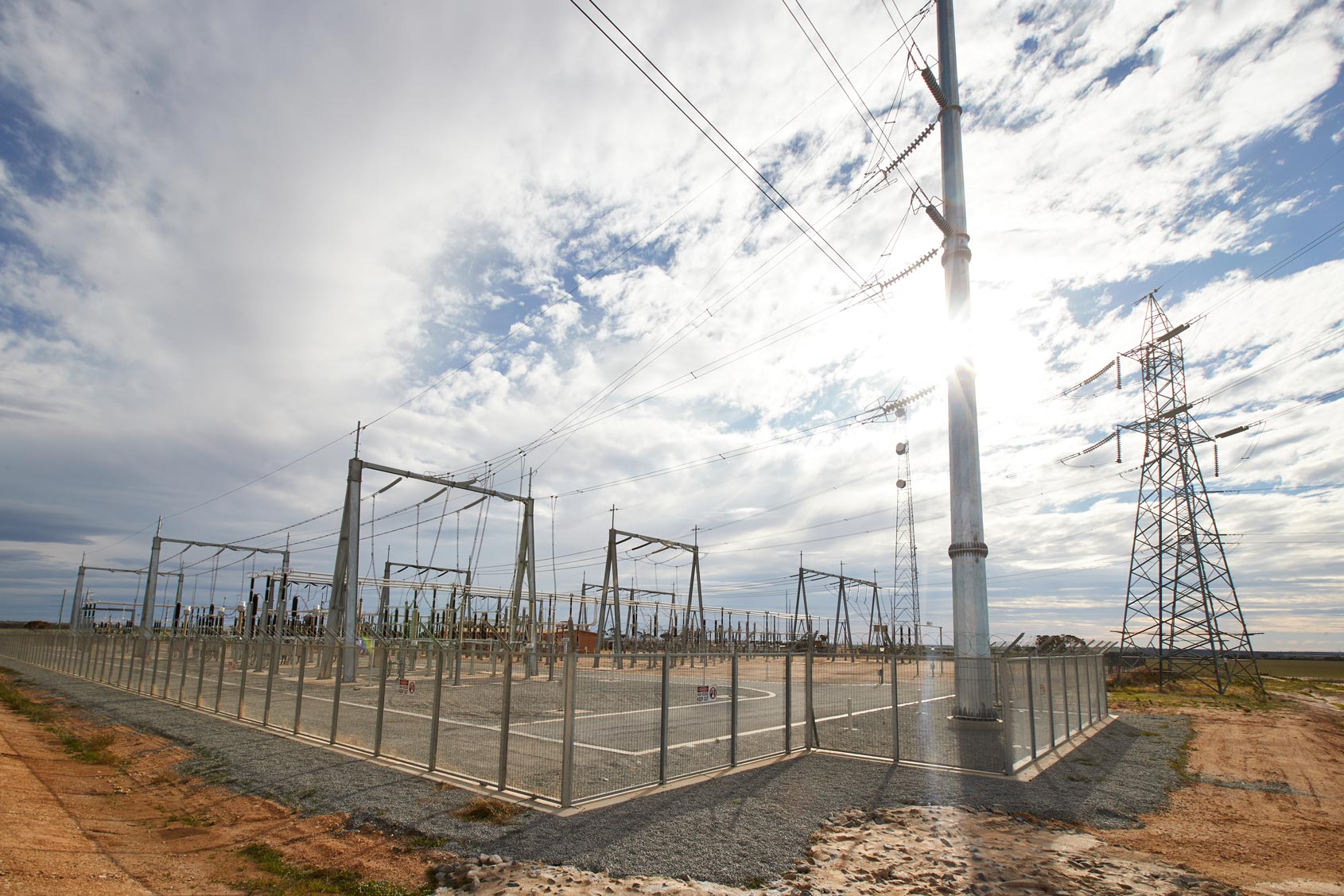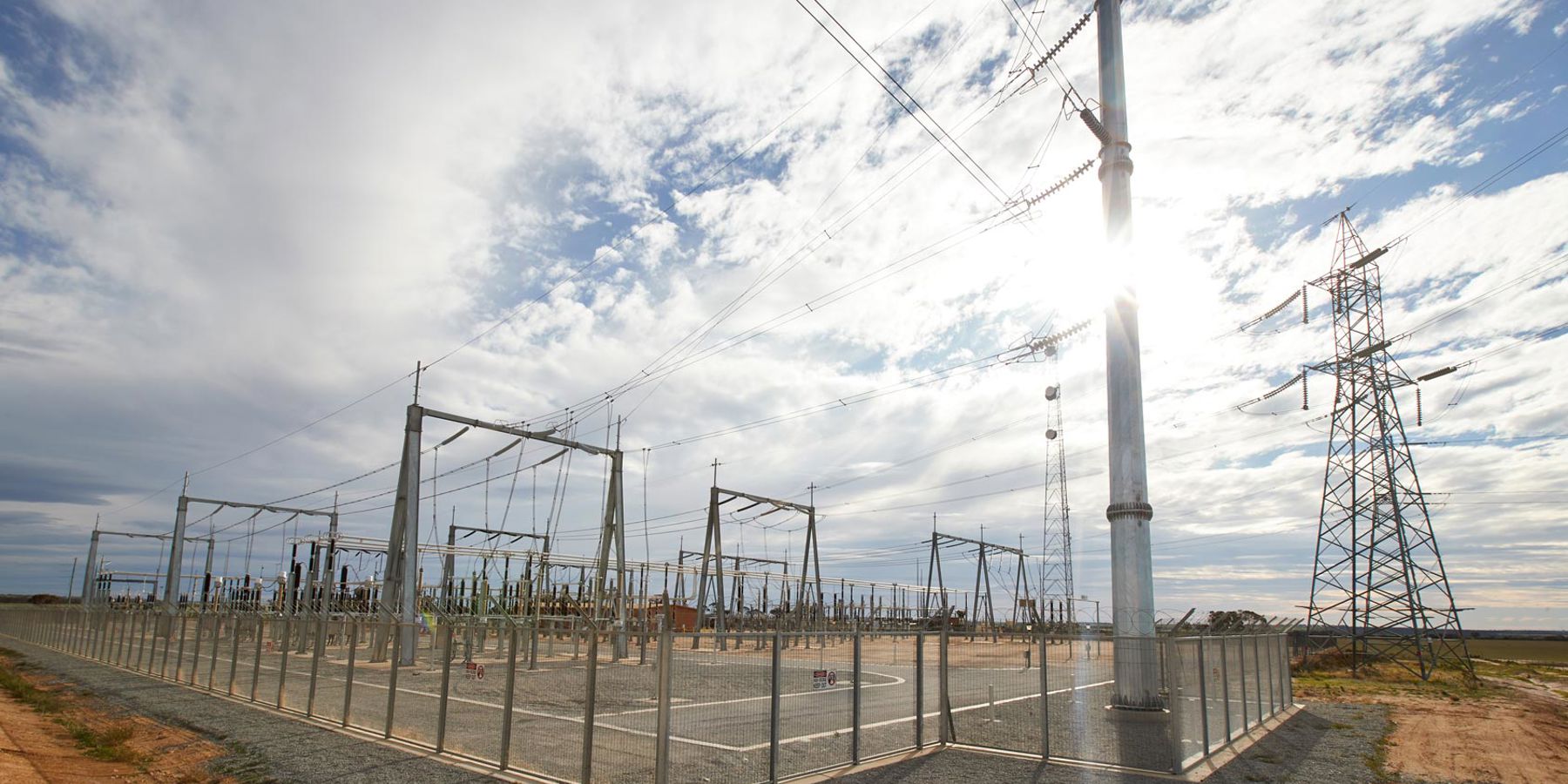We know that your power supply is important and it’s our job to maintain your supply and keep the community connected. Where possible we’ll look for ways to undertake our maintenance work without having to turn your power off. One of the ways we can keep our crews safe and your power on is by islanding parts of the network.
What is islanding?
Islanding is a widely-used, innovative approach that ensures a continuous power supply to communities during essential network upgrades and maintenance. This technique disconnects the energy from the grid and supplies it via a distributed generator, such as a solar power generator, wind generator, or gas turbine.
How does islanding work?
During the islanding process, customers are gradually and safely switched to a generator, ensuring a seamless transition. Most of the time, you won't even notice that you've been switched to an islanded network. Islanding involves meticulous planning and cooperation with generation partners like Synergy and the Australian Energy Market Operator (AEMO).This collaboration ensures the highest level of safety, governance and reliability throughout the process.

Managing risks and ensuring safety
As a standard practice, we actively manage risks associated with islanding by implementing robust protocols and procedures. Our top priority is to instil trust and confidence in the process while maintaining a strong sense of expertise. We work closely with our partners to mitigate risks and prevent any unplanned disruptions during these essential works.
The microgrid: a smaller scale example
An example of an islanded electricity network is a microgrid, which can function independently while disconnected from the main electricity grid. Microgrids can be as small as a single building or as large as entire sections of a town. This flexibility demonstrates the adaptability and practicality of islanding as a solution for maintaining power supply during infrastructure work.
